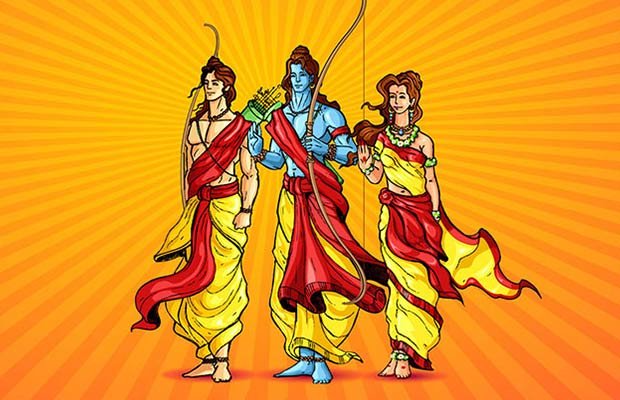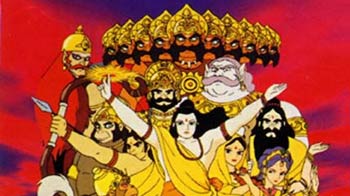
Ramayana, the ancient Indian epic poem which narrates Lord Ram's journey of life, is not just followed in India but also in countries like Thailand, Burma, Cambodia, Malaysia, Indonesia, Japan, Philippines, China, Laos, Russia, Mangolia, and Europe. Ramayana has been interpreted in different ways in these countries. These adaptations take the basic plot of Valmiki’s Ramayana but modify it according to the culture of their own communities. Ramayana is represented in different ways in their literature, dance, theatre and also temple architecture. However, there are different versions of Ramayana which are not very well known. I did my research and found out shocking statements given by these different versions which differs from Valmiki's version.

- There are around 300 versions of Ramayan
In India we follow Valmiki's version of Ramayana, however you will be shocked to know that there are around 300 versions of Ramayana with different stories.
- Sita, the daughter of Raavan
Although the Indian version of Ramayana suggests that Sita was Jank's daughter as he found her in earth, but as per Ramakien (Ramayana followed in Thailand) Sita was the daughter of Raavan and he was warned by the Sages that his own daughter will become the reason for his death so after Sita was born Raavan put sita into the sea and then king Janak found her on the river bank while doing his tapasya.
- Raavan was pregnant with Sita
A Kannada folk telling says that Raavan was pregnant with Sita as he consumes a mango given by lord Shiva and he gave birth to her by sneezing. The word Sita itself means he sneezed in Kannada.
- Lakshman killed Ravaan
According to Jain's version of Ramayana, it was Lakshman who killed Raavan and not Ram. They believe that Ram used to follow non violence so Lakshman kills Ravaan and both Ravaan and Lakshman goes to hell. Ram, in the end, renounces his kingdom and becomes a Jain monk and eventually attains moksha. He also predicts that both Lakshman and Raavan will be re-born as upright persons and attain salvation.
- Hanuman as Ladies' man and Raavan as an intellectual and romantic lover.
In Ramakirti and Ramakien, Hanuman's character takes a quite central role. He is shown as a Casanova who has no qualms in peeping into people's bedroom. Whereas Ravaan is shown as a very knowledgeable person and a powerful king. He is shown as a true and romantic lover of Sita.
- Ravaan's Ramayan
We have been shown Ram as the hero in most of the versions of Ramayana but here is the twist. After 5000 years Ravaan narrates his side of the story where he is known to be a complete man, which is why he came to be known as Dasamukha. On his side of the story, his kingdom was known as the most advanced kingdom of his times. He freed a race from the oppression of the Devas also, death is the most celebrated death of the mankind.
- Ram Sita and Lakshman as siblings
In Buddhist version, Ram, Sita and Lakshaman are shown as siblings. Dasarath was not shown as the king of Ayodhya but Varanasi. It is shown that Ram, Sita and Lakshaman were born from the first wife of Dasarath and in order to protect them from his second wife Dasarath sends them to the Himalayas. When they return after 12 years Ram and Sita rules the kingdom.
For more such blog posts stay tuned.
-The Roving Feet
No comments:
Post a Comment